I’ve long considered maintaining a permanent connection to the outside world and have come across several options.
Iridium
A proven system on which products like Garmin InReach are based. The technology is specifically designed for boats—the hardware is compact and can be powered directly by a 12V supply. With a current draw of under 2A, the system is very efficient. However, it has its downsides: the hardware is quite expensive (around 800–1000 euros) and the data rate is only about 3 kbit/s. By comparison, my first modem from 1991 offered 14.4 kbit/s—just enough to send a WhatsApp message or a simple email (without images). The technology is already a bit dated.
Starlink
Starlink is an entirely new system. The standard hardware is available for around 250 euros, and the subscription is managed monthly via an app—even without an active Starlink connection, because the system remains connected to its own services in the background. Once you adjust or extend the subscription, you can go online at speeds of 50–100 Mbit/s. In 2024, the subscription was about 60 euros per month—which sounds fantastic! However, there are a few drawbacks:
- The Starlink router is designed exclusively for 230V, so an inverter is required (although workarounds exist).
- The power consumption is 100–120 W, which at 12V corresponds to roughly 12A—when you include inverter losses, it’s more like 15A.
- Additionally, the subscription rates are frequently adjusted, so they rarely (if ever) become cheaper for the consumer.
- Finally, the hardware is significantly larger than Iridium’s, so a fixed installation is recommended.
- One is definitely falling prey to – in my opinion – a misguided E.M. That means targeted disinformation and fake news—as well as the blocking of content from unwelcome authors—can, of course, occur at any time (we bought this before Elon went crazy).

Overall, the Starlink option turns out to be a very good alternative. With the necessary adjustments, the total cost for the complete hardware comes to around 700 euros—and you get an internet connection that almost matches a home connection in terms of performance. The kids tested the system under sailing conditions and were impressed—and that says something! 😉
Installation
For my permanent internet connection on the boat, I decided to install the Starlink antenna at the stern—ideally on a mounting pole through which the cable can be routed inside (past the diesel tank, through the bathroom, and into the salon where the router is located).
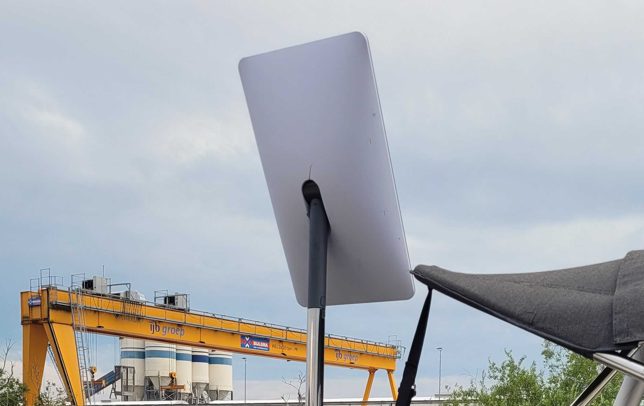
Mounting and Cable Management
I ordered a stainless steel pole with mounting eyelets from a specialist. The cable runs through a SCANSTRUT DS21 cable entry with a stainless steel cover. Important: the connector remains continuously attached so that no cutting is necessary—a cut would damage the shielded and twisted wires, severely impairing the transmission.
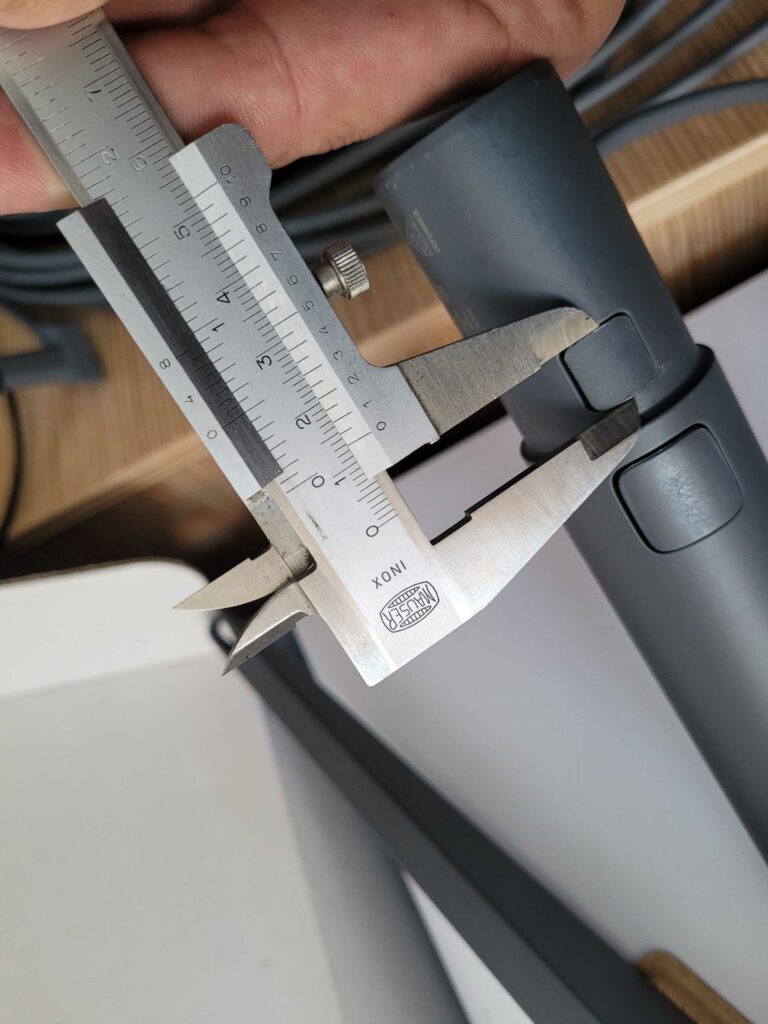
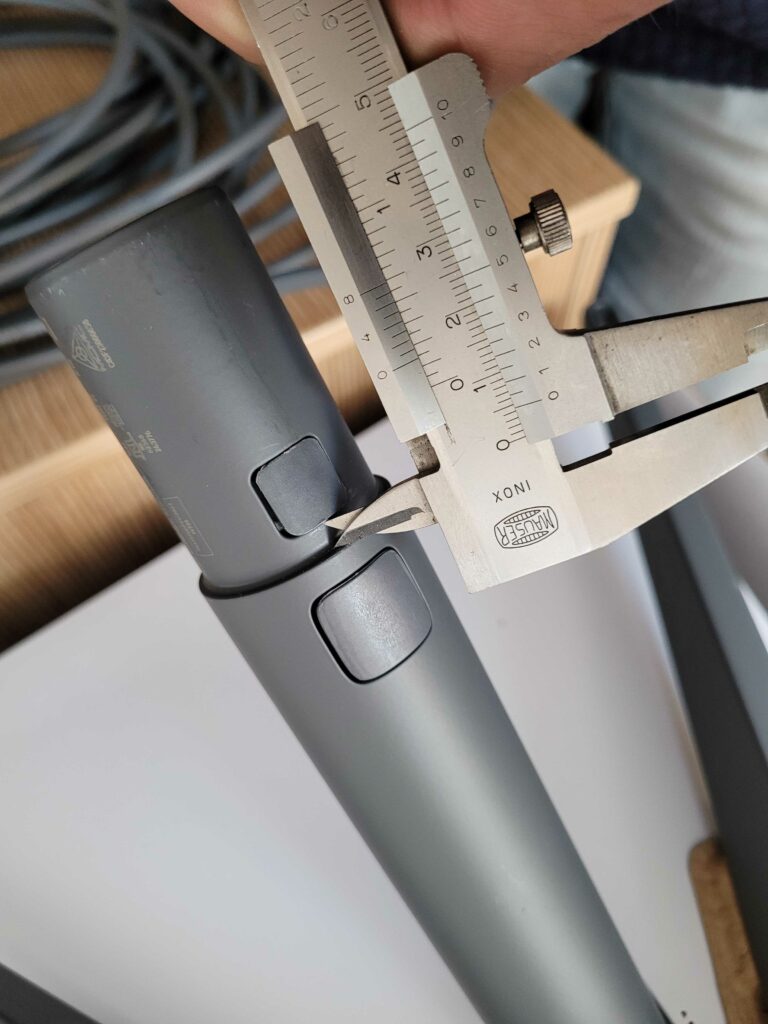
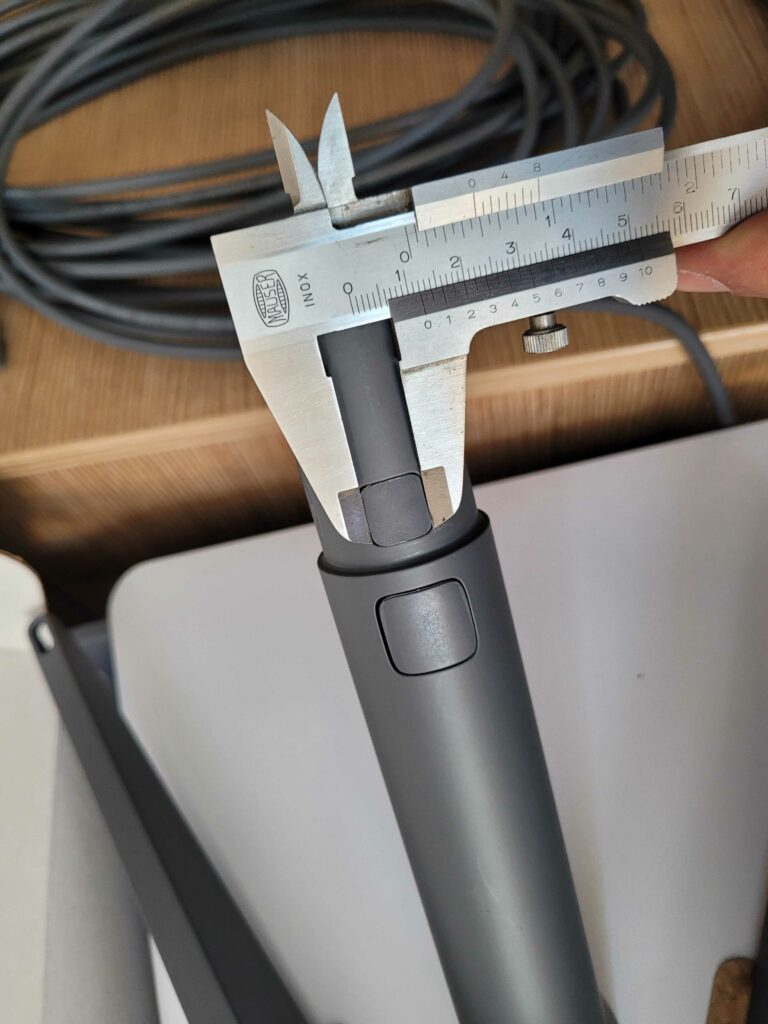
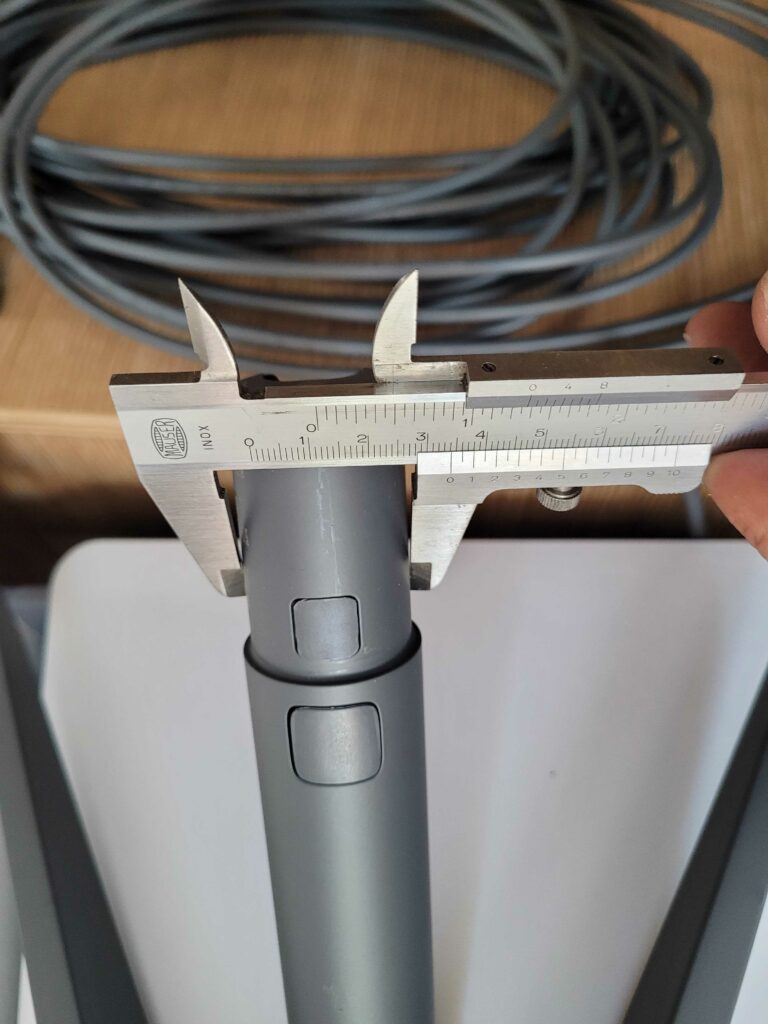
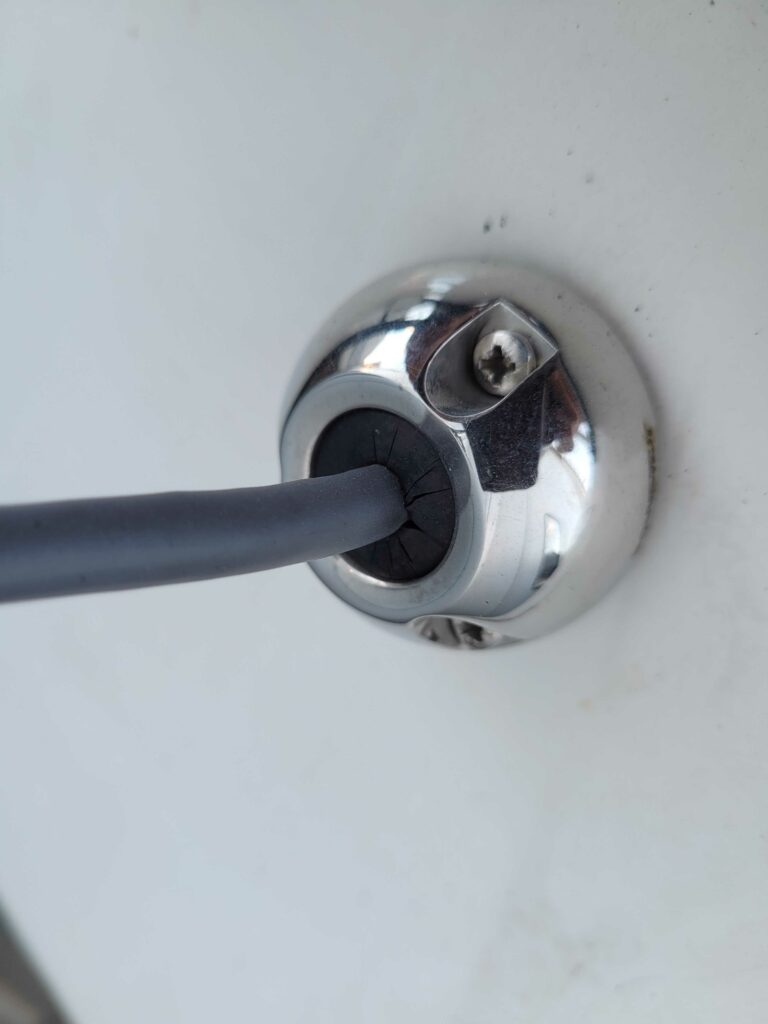
Power Supply and Voltage Conversion
The Starlink router is essentially a box with two connections (230V and the Starlink cable). In the computer networking realm, systems typically operate on lower voltages (often 12V or even 5V with USB). What bothers me are the multiple voltage conversions in this system:
- From the 12V battery through a converter to 230V
- Then, in the router, 48V is generated for the antenna and 5V for Ethernet
These conversions result in unnecessarily high power consumption—ideally, this process should be simplified.
Approaches to the Voltage Problem
My research revealed two options:
- Yaosheng (Far Eastern product):
A device to be inserted in-line, available through the manufacturer’s website. There are plenty of reviews and videos, and it appears to work reliably—though it costs around 200 euros. - EDUP (Amazon variant):
This set consists of three components and requires some assembly. So far (as of 2024), there are few reviews, but it costs about 80 euros.
I chose the EDUP solution because it can be returned easily if it doesn’t work and avoids any customs issues. The price wasn’t the deciding factor for me.
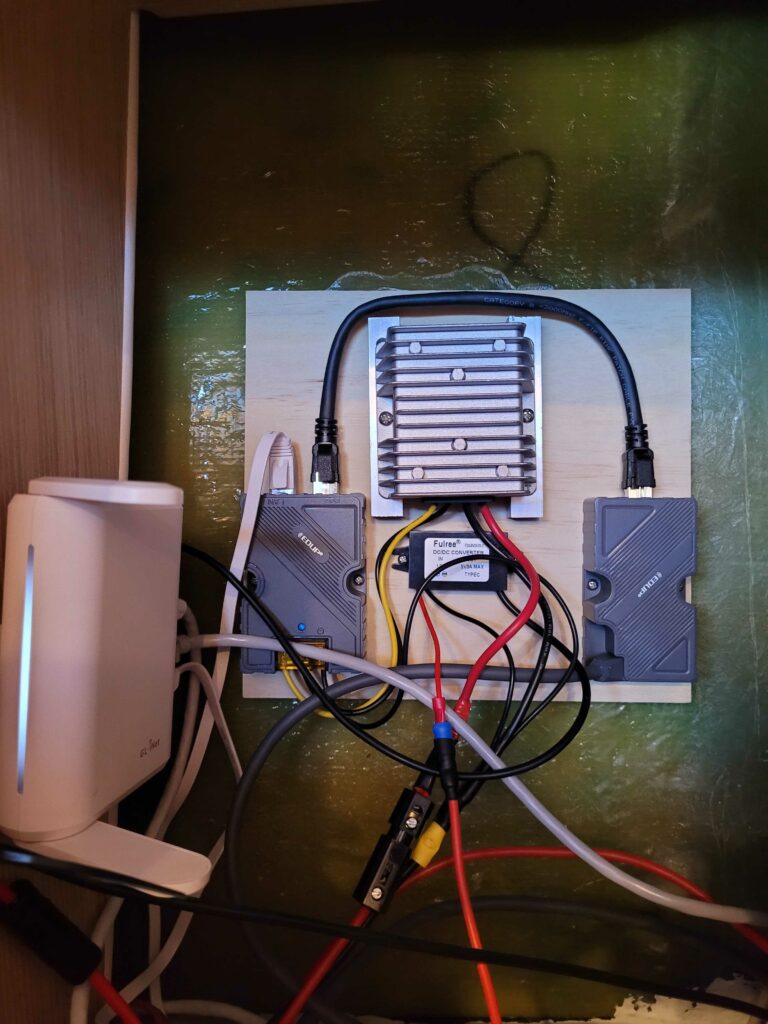
Ordered Components:
- Ethernet Power Connector for Starlink Antenna
- Ethernet Router with Fallback Option (WLAN Access Point and SIM Card)
- Power Supply: 12V to USB-C for operating the router
The following picture shows the bought components and there connection.
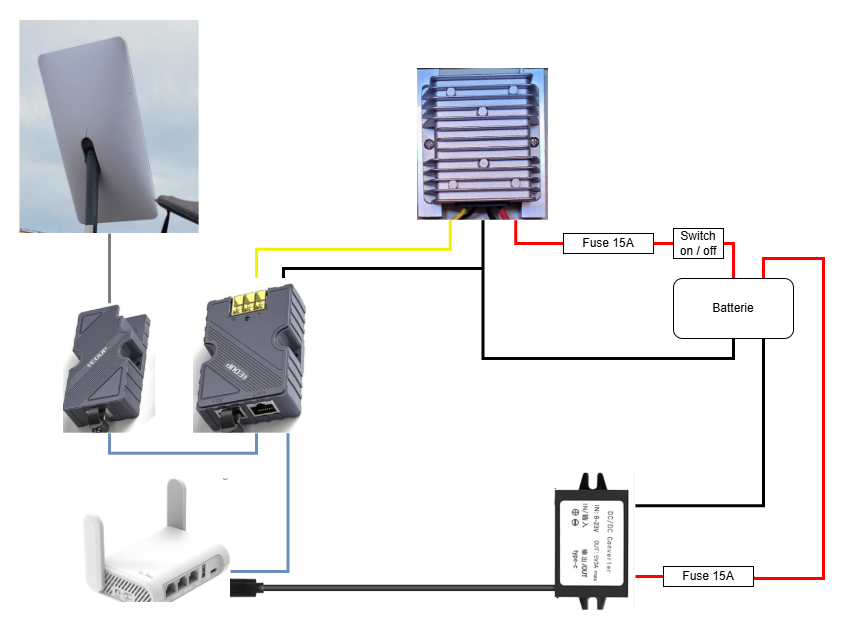
Alternative products can also serve the purpose, but I like the configuration options and the clear user interface of the chosen router.
Everything’s set, the kids are watching a movie, and the parents are off to the beach club 😉
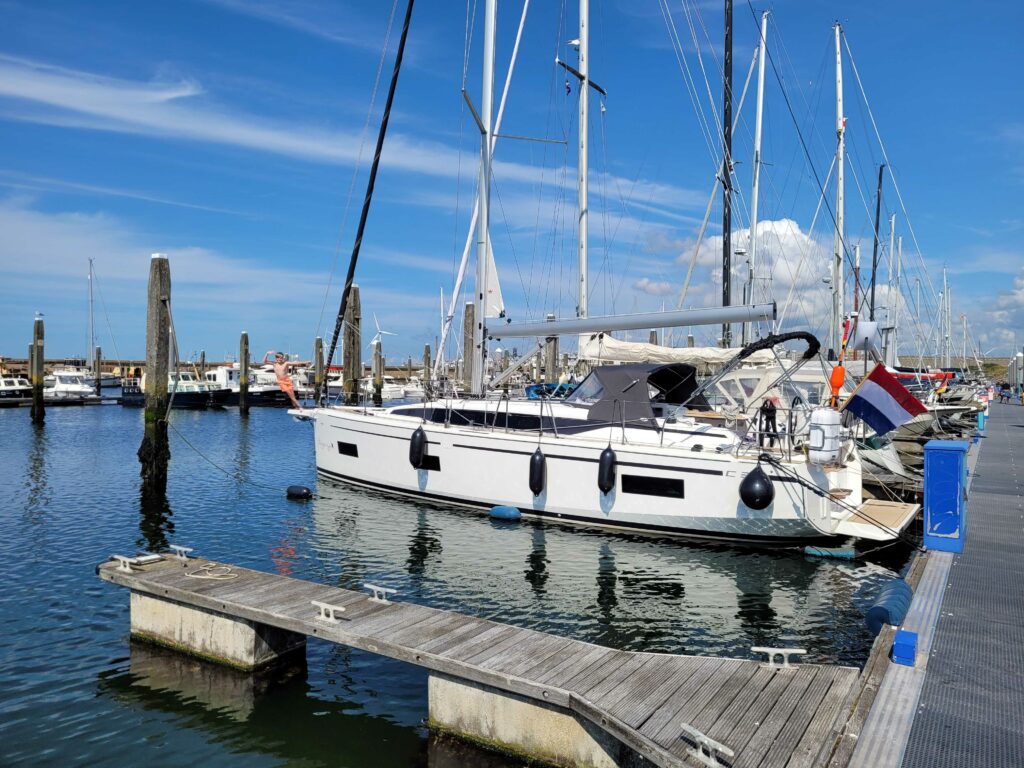
Important: this is merely a description of how I did it; everyone must decide for themselves whether they feel capable of undertaking the work. I make no guarantee regarding the accuracy of the presented content. We are not liable for any errors resulting from mistakes in the documentation or during the replication of the content. Likewise, we are not liable for any consequential damages that may occur.

